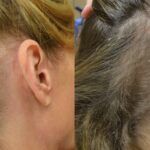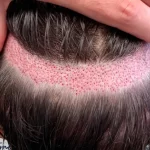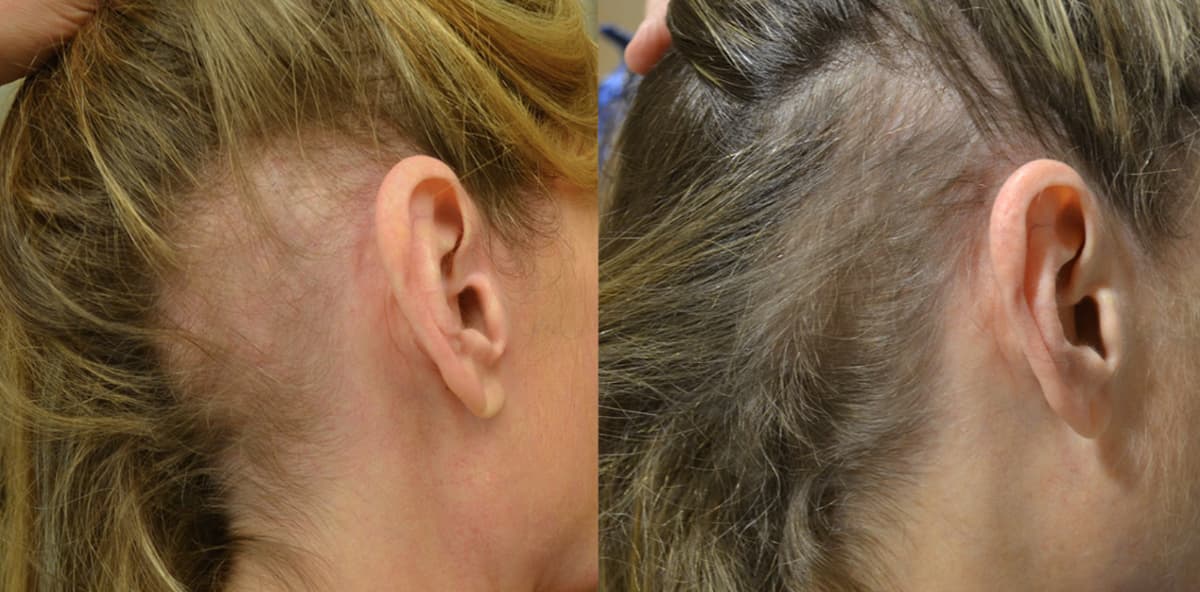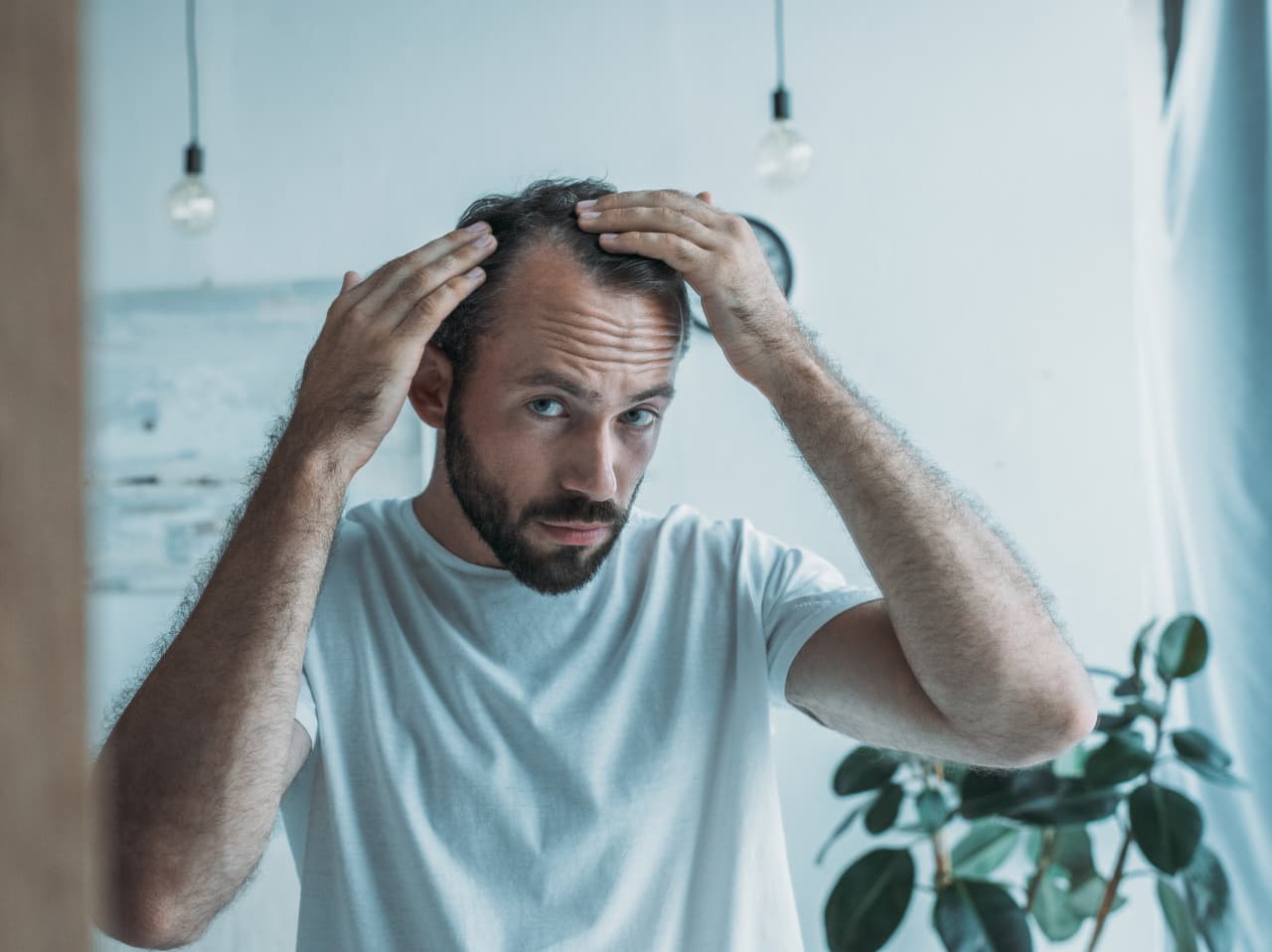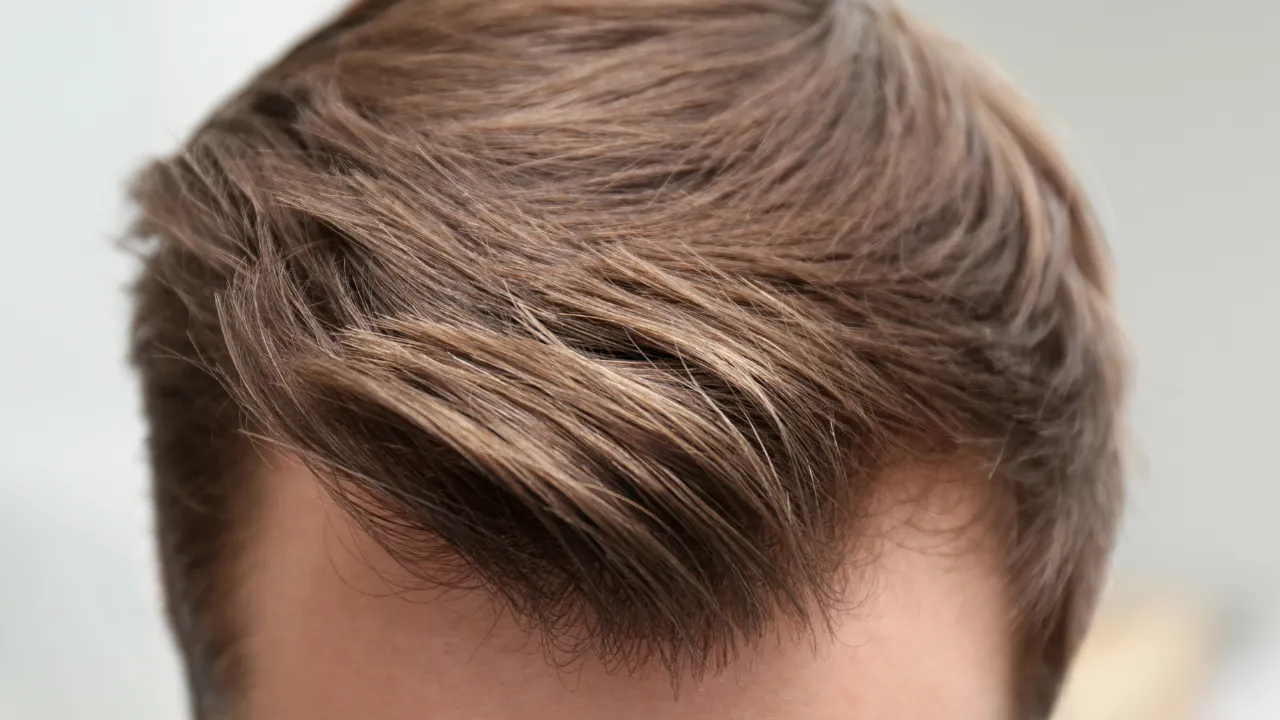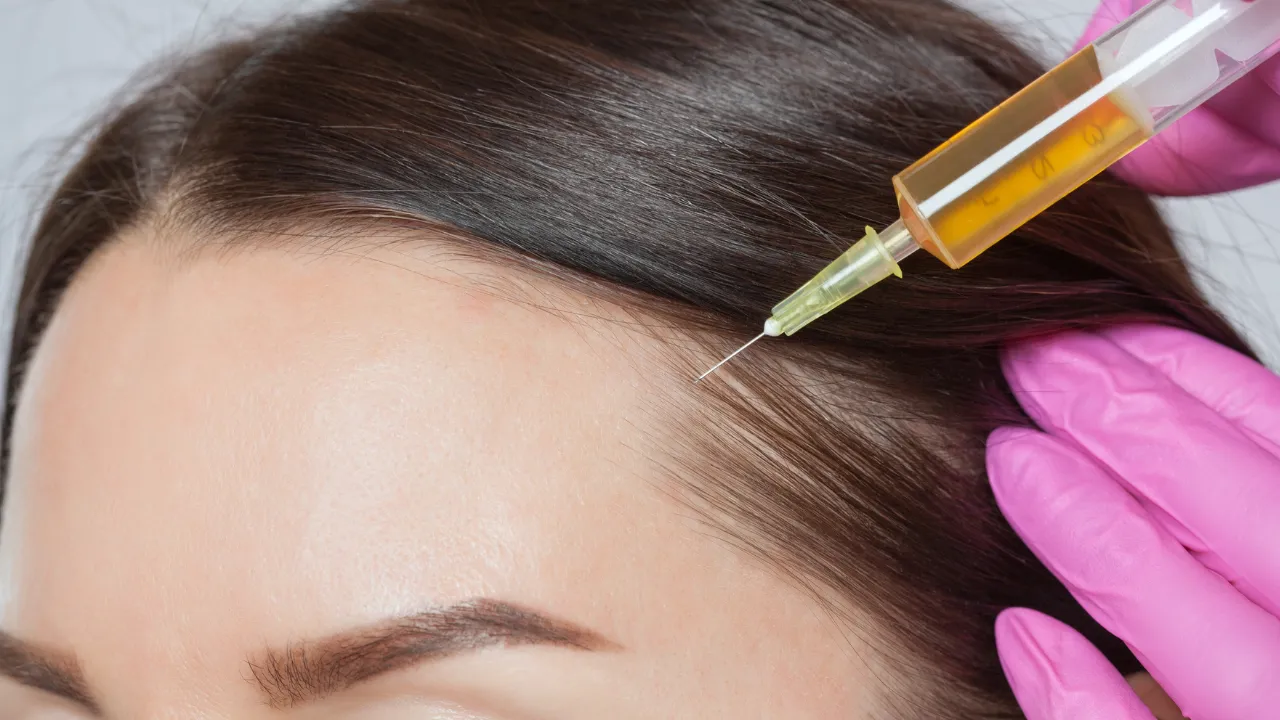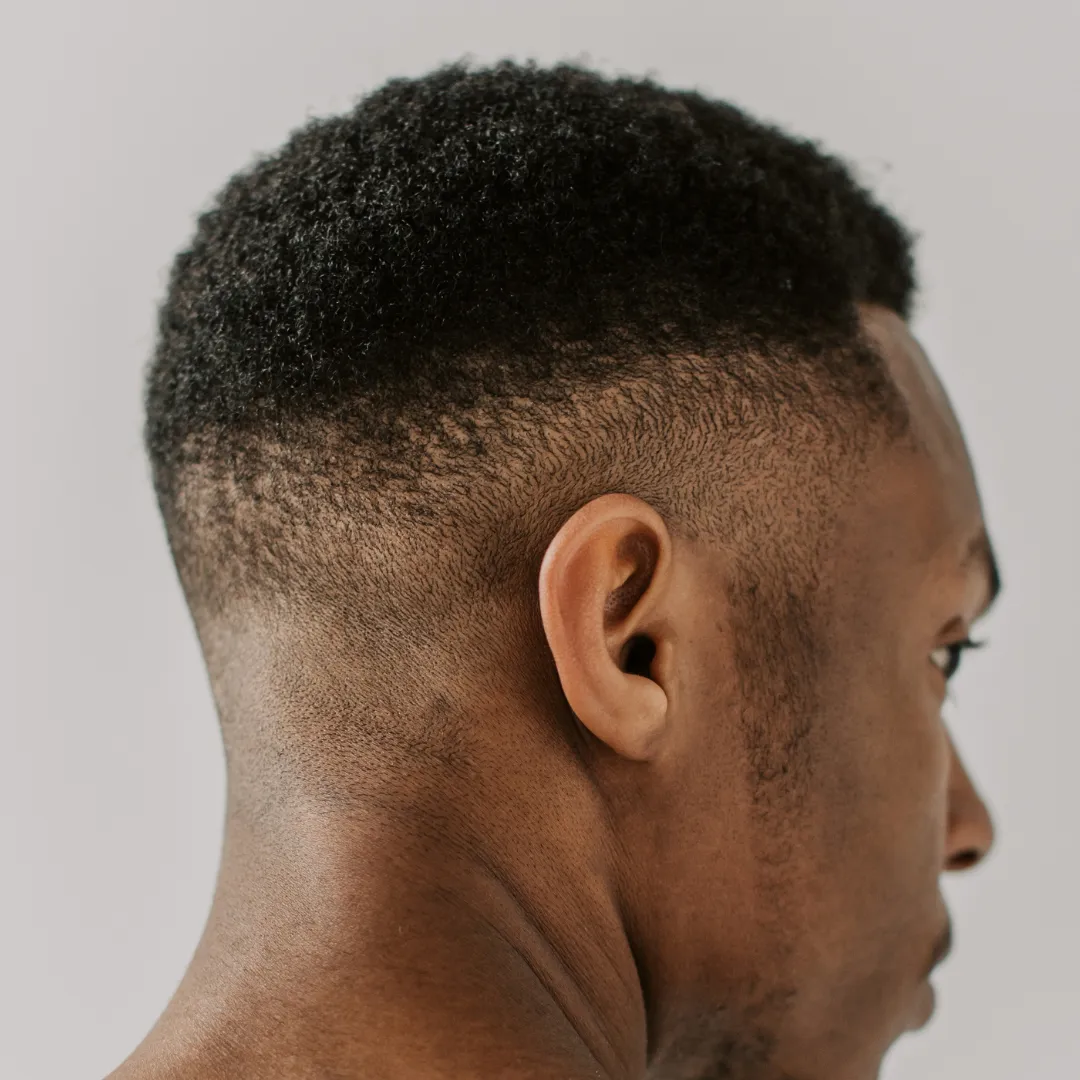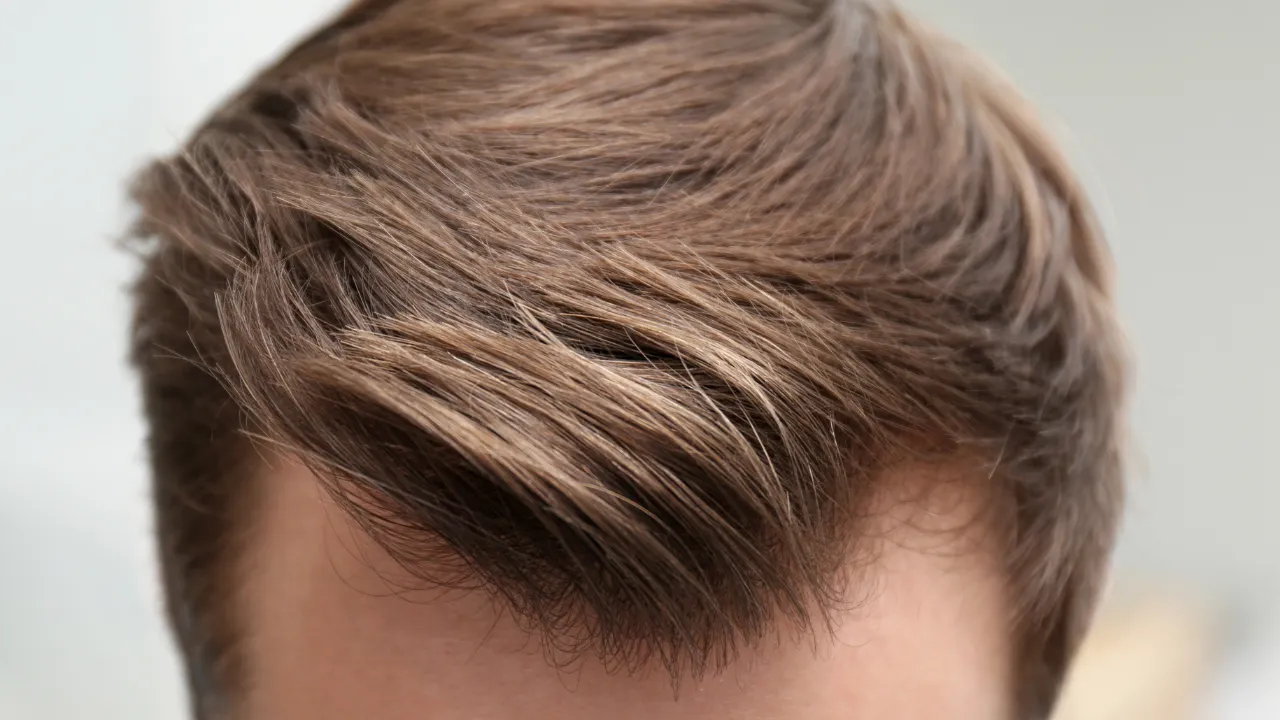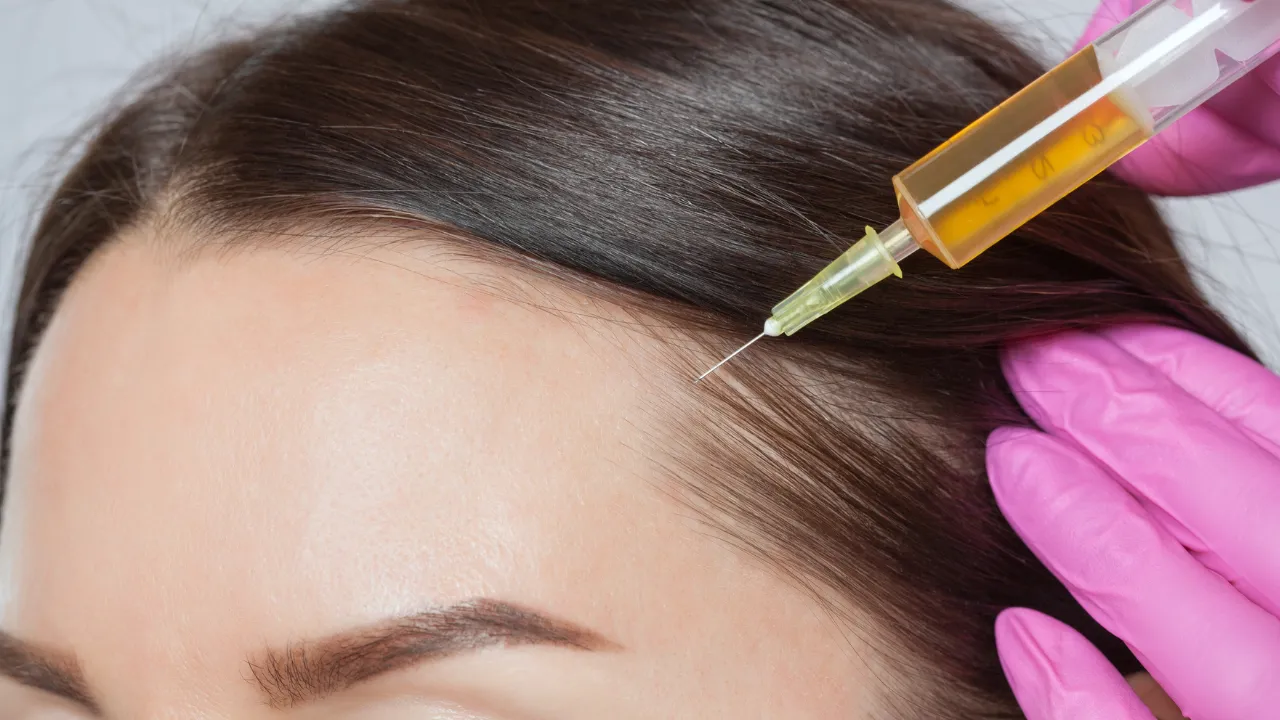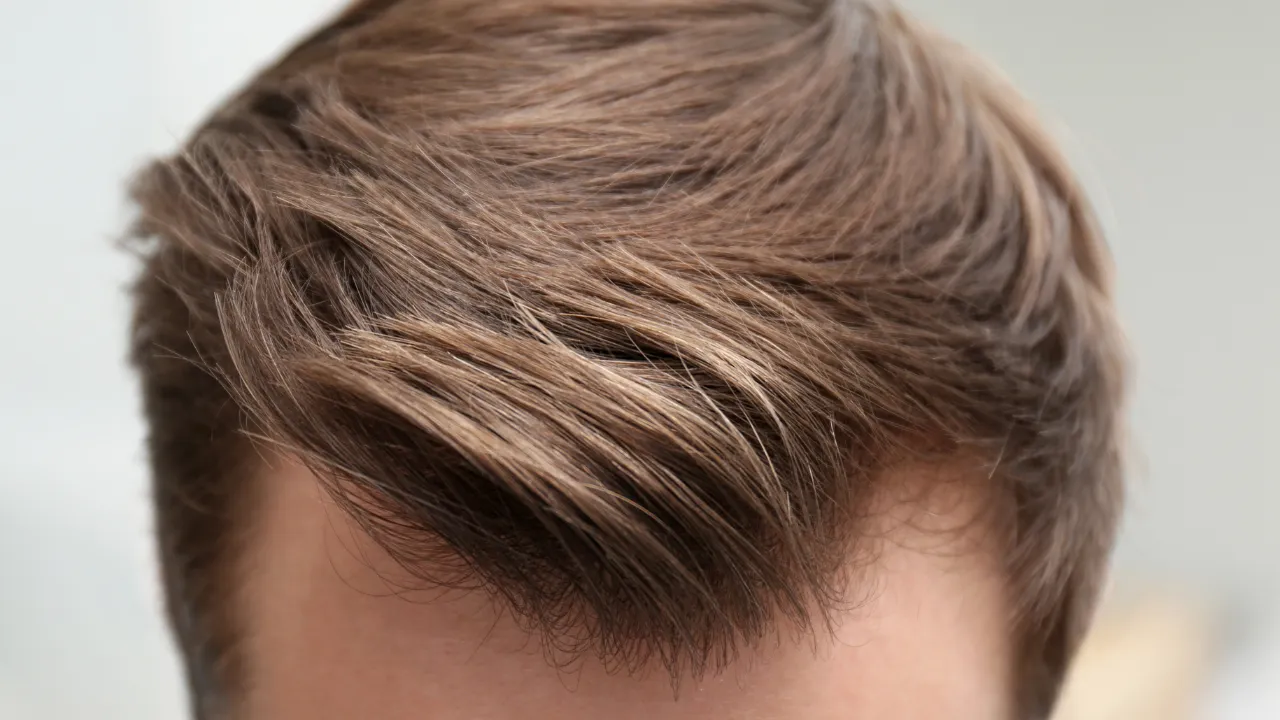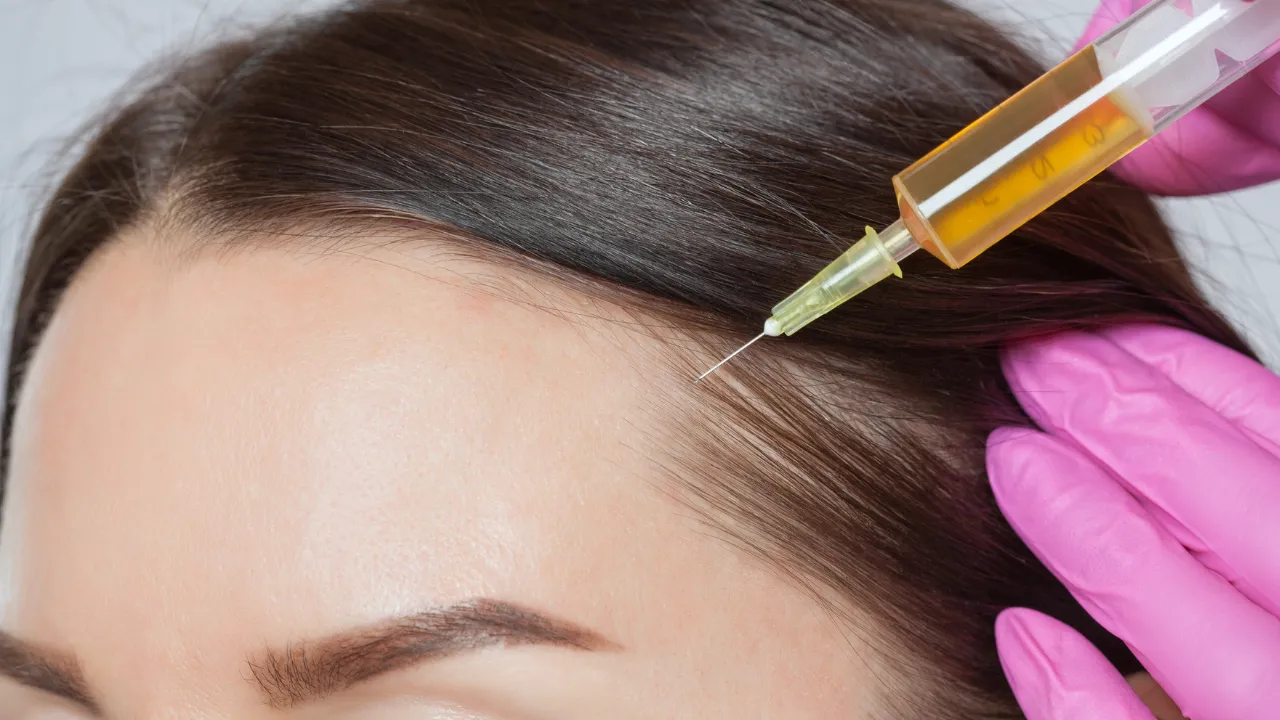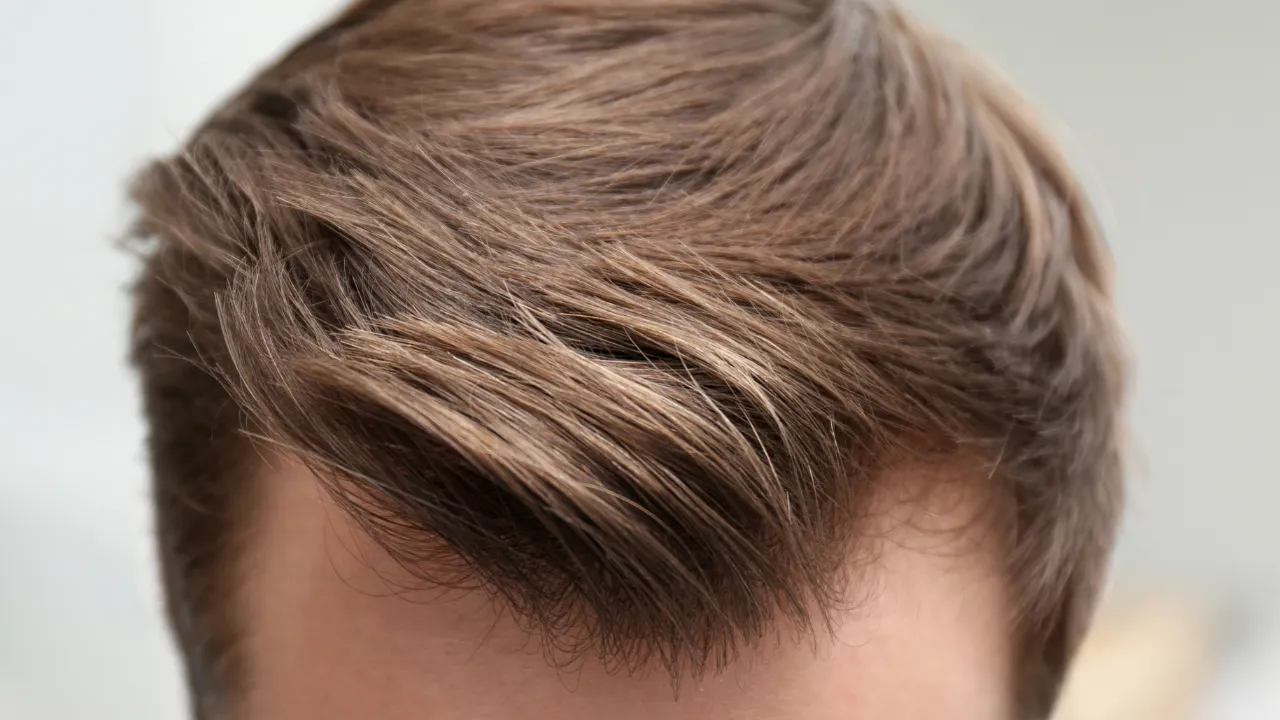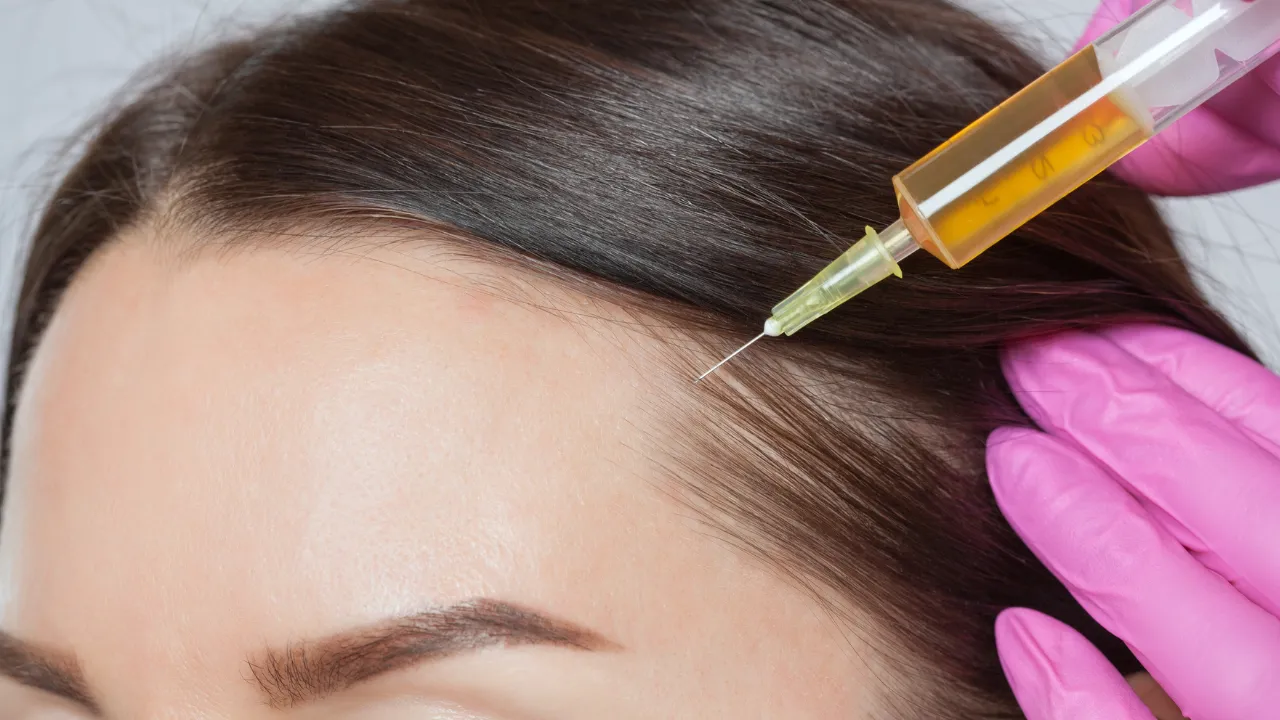Table of Contents
ToggleMost men start noticing thinning hair in their 20s or 30s, but genetics can make it happen even earlier. The answer to when do guys go bald depends mostly on family history and how sensitive their hair follicles are to DHT, the hormone that causes shrinkage.
Some men keep a full head of hair into middle age, while others see hairline recession at the temples or crown before 25.
At Kopelman Hair, specialists find the cause of each patient’s hair loss early to protect thickness and stop shedding. Dr. Ross Kopelman and his team use detailed scalp analysis and proven treatments to help men restore strong, natural-looking hair.
Key Takeaways
- Most men start showing early signs of balding in their 20s or 30s, though genes can trigger it sooner.
- The main cause of male hair loss is androgenetic alopecia, a hereditary condition linked to DHT.
- Stress, diet, hormones, and lifestyle can speed up thinning.
- Spotting early signs allows for faster, more effective treatment.
- Kopelman Hair offers advanced medical and surgical care to help men keep healthy, natural hair.
Understanding Male Hair Loss
Hair loss in men mainly comes from genes and hormones, but lifestyle and environment matter too. The medical term for hereditary baldness is androgenetic alopecia, and it affects more than half of men by age 50.
This happens when DHT, a form of testosterone, makes hair follicles shrink over time. The growth cycle gets shorter, and hairs grow back thinner until follicles stop producing new strands.
Early treatment can slow this process and help keep your hair longer.
When Does Hair Loss Usually Start?
Men can begin losing hair as early as their late teens, though it’s most common in their 20s and 30s. Studies show about one in four men notice visible thinning before 30, and by 50, half have moderate to severe hair loss.
The timing depends on genetics. If baldness runs in your family, you often see early recession at the temples or crown before other areas thin.
Early Signs of Balding
Catching early signs helps prevent long-term loss.
Common Indicators
- A receding hairline near the temples.
- Thinning at the crown or part.
- More hair on your pillow or in the shower.
- Wider spacing between strands under light.
You might also notice your hair feels finer or doesn’t hold shape as before. These are early clues of androgenetic alopecia. Acting fast lets treatments like PRP therapy or topical medication work better.
Why Do Some Men Go Bald So Young?
The biggest reason is family history. If your father or grandfather lost hair early, your chances are higher too. DHT sensitivity shortens the growth phase and weakens each strand.
Additional Causes
- Stress: Raises cortisol, which disrupts hair growth.
- Poor Nutrition: Low iron, zinc, or vitamin D damages follicles.
- Illness or Medication: Can cause temporary shedding.
- Scalp Problems: Oil buildup or inflammation slows regrowth.
Knowing your risks helps you take action before the loss becomes permanent.
Hair Thinning Causes Beyond Genetics
Not all thinning is genetic. Other common reasons include:
- Hormonal Changes: Thyroid or testosterone imbalances.
- Lifestyle: Smoking, poor diet, or lack of sleep reduce scalp health.
- Environment: Sun and pollution weaken hair over time.
- Styling: Tight hairstyles and harsh chemicals break strands.
Kopelman Hair performs scalp exams and lab tests to find the exact cause and build the right plan for recovery.
How Fast Does Balding Progress?
Hair loss happens at different speeds. Some men lose hair slowly over many years, while others see quick changes.
Typical Timeline
- 18–25: First signs like mild recession.
- 30–40: Noticeable thinning at crown or temples.
- 50+: Widespread or complete baldness in affected areas.
Early care makes a big difference. Regular use of Minoxidil, Finasteride, or PRP therapy can slow or even reverse thinning.
Is It Temporary or Permanent?
Not all hair loss is permanent. Temporary shedding, called telogen effluvium, can happen after stress, illness, or poor diet. In most cases, it grows back once the cause is fixed.
Permanent loss happens when follicles shrink over time and stop producing new hairs. A scalp exam or trichoscopy test can tell which type you have.
Effective Treatments for Early Hair Loss
Treatment depends on the cause and how far hair loss has progressed. Modern options can slow, stop, or even reverse thinning.
1. Medications
- Minoxidil: Boosts blood flow to the scalp and supports regrowth.
- Finasteride: Lowers DHT to prevent further loss.
2. Platelet-Rich Plasma (PRP) Therapy
Uses your own blood’s growth factors to reactivate follicles naturally.
3. Low-Level Laser Therapy (LLLT)
Uses light energy to improve circulation and repair follicle cells.
4. Hair Transplant Surgery
For advanced cases, healthy follicles are moved to thinning areas for natural, lasting coverage.
Dr. Ross Kopelman customizes every plan based on age, goals, and hair type to ensure realistic, natural results.
Lifestyle Tips to Slow Hair Loss
Healthy habits protect your scalp and slow thinning:
- Eat foods rich in protein, iron, and omega-3s.
- Manage stress through exercise or relaxation.
- Avoid smoking and limit alcohol.
- Use gentle, sulfate-free hair products.
- Wear hats or sunscreen to shield your scalp from UV rays.
These habits work best alongside professional treatment.
Emotional Impact of Balding
Hair loss can affect how men see themselves. Many feel less confident or avoid social situations.
Care includes emotional support as well as medical treatment. Patients receive education, realistic guidance, and encouragement to stay confident throughout the process.
Dr. Kopelman believes restoring confidence is just as important as restoring hair.
When to See a Specialist
See a hair loss expert if you notice:
- Ongoing shedding for more than three months.
- Thinning at the hairline or crown.
- Widening part lines or bald spots.
- Family history of early baldness.
Early diagnosis helps prevent irreversible loss.
How Kopelman Hair Helps
The clinic combines 40 years of expertise with advanced technology to deliver natural results.
Each patient receives a full scalp exam and a custom plan that may include:
- PRP therapy or medical-grade topical treatments.
- Hair transplant surgery using refined FUE methods.
- Ongoing care to keep existing hair strong.
The clinic focuses on safety, comfort, and visible, lasting improvement.
Final Advice
Hair loss can begin earlier than many expect, but early action changes everything. Knowing the early signs of balding and common hair thinning causes men choose the right treatment at the right time.
At Kopelman Hair, Dr. Ross Kopelman and his team combine science and personalized care to restore healthy, natural-looking hair. Whether your hairline is just starting to recede or thinning has progressed, expert guidance can help you protect your appearance and confidence for years.



